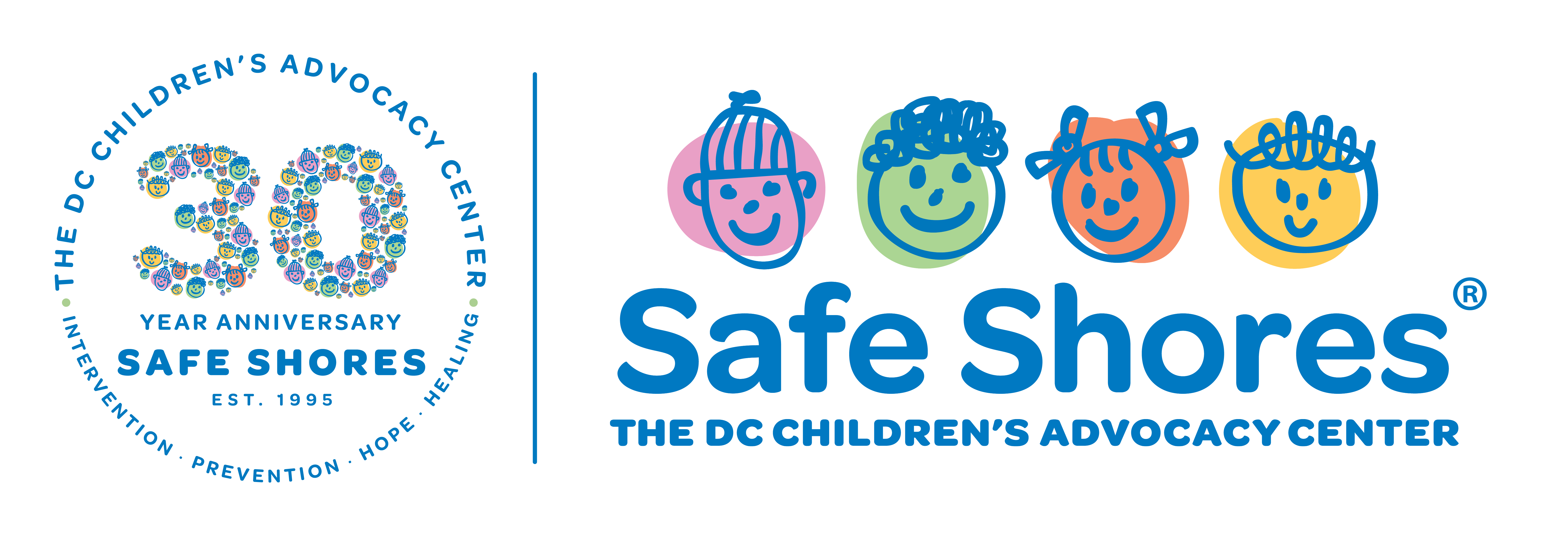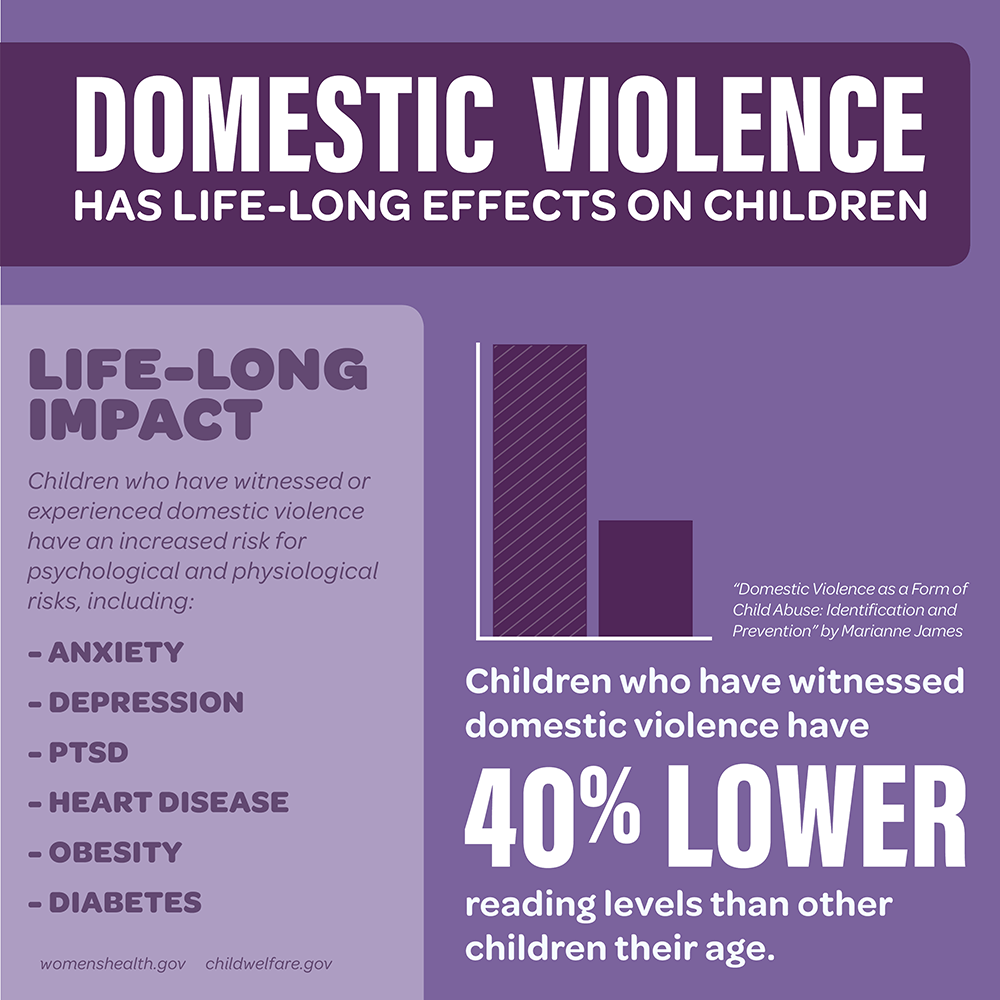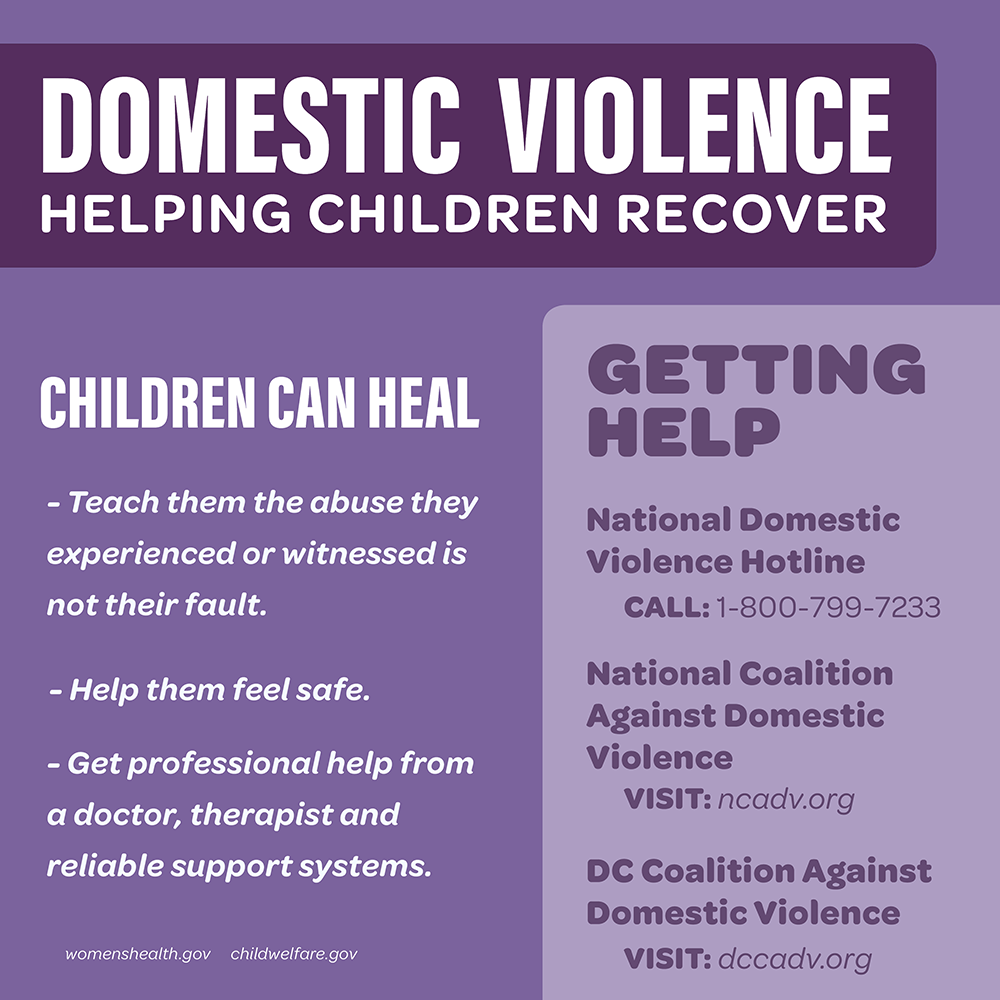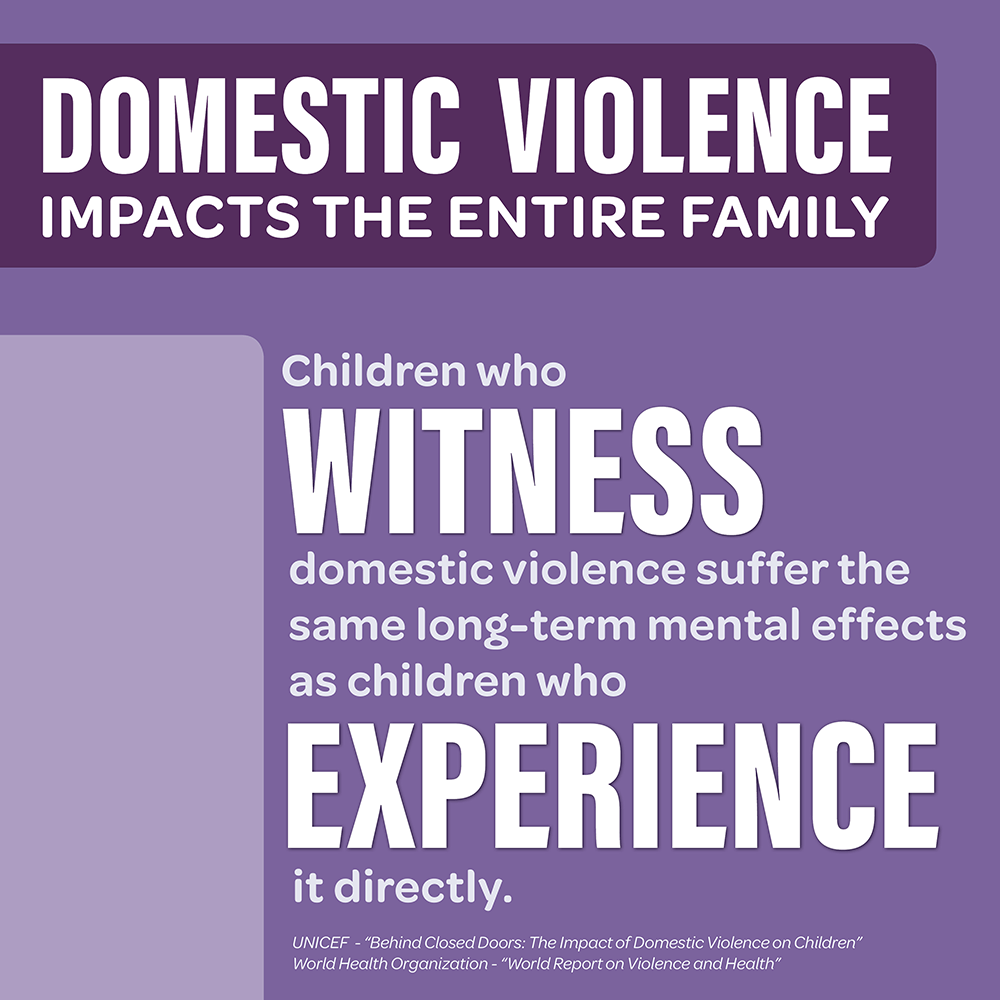
Intimate partner violence and child abuse co-occur 30 to 60% of the time, according to the Children’s Hospital of Philadelphia Research Institute and the American Academy of Pediatrics. However, even when child abuse is not occurring at the same time as the domestic violence, research has shown that children who have witnessed domestic violence have the same life-long mental health effects as if they had experienced the abuse directly. UNICEF reports that over 275 million children world-wide have witnessed domestic violence.
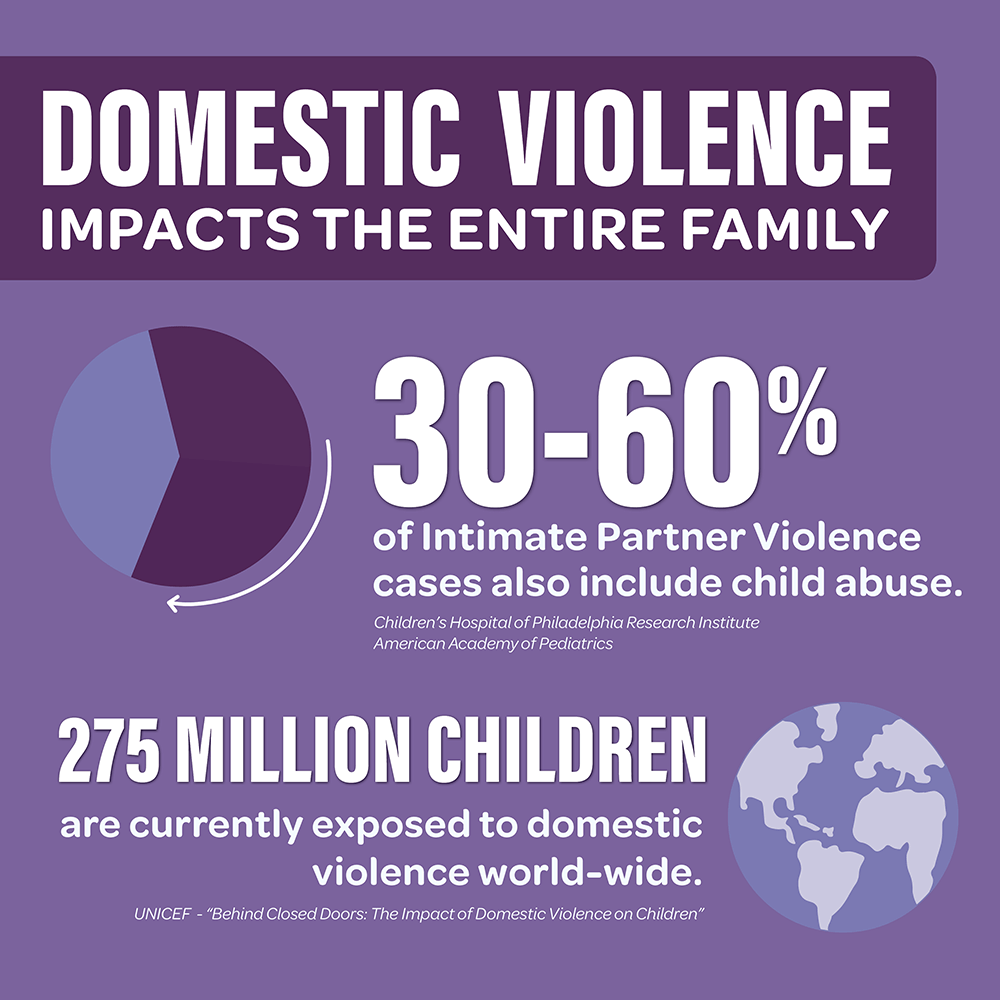
Children who have witnessed domestic violence often experience long-term physical and psychological effects. Research has found they have 40% lower reading levels. They are at increased risk for PTSD, anxiety and depression. Children who witness domestic violence are also at risk for physiological effects later in life, such as obesity, heart disease and diabetes. Dr. Nadine Burke Harris, the Surgeon General of California, discusses this link between childhood trauma and toxic stress and the ongoing physical effects in her book The Deepest Well: Healing the Long-Term Effects of Childhood Adversity, and says even sleeping infants can experience the negative psychological effects of being in prolonged toxic stressful situations.
How can a child recover from experiencing or witnessing domestic violence?
- Help children feel safe.
- Teach children the abuse they experienced or witnessed is not their fault.
- Have children talk about what happened with a trusted adult and a professional therapist.
What is Domestic Violence?
Domestic Violence is the continual pattern of one person in a relationship using power and control over another in an intimate relationship. This abusive behavior can be physical, but it can also be emotional, verbal, psychological, sexual, or financial abuse. Domestic violence is an ongoing pattern to use these abusive behaviors to enforce control over the other person. In the United States, 1 in 3 women and 1 in 4 men have experienced domestic violence in their lifetime.
Signs of domestic violence in a relationship:
- Extreme jealousy, often with accusations of cheating
- Embarrassing or shaming you
- Controlling who you spend time with or talk with
- Consistently putting you down and criticizing you
- Blaming you for their behavior
- Denying or minimizing their actions against you
- Controls all the money, or possibly refuses to give you money for expenses
- Physically hurts you or threatens to do physical harm to you or other members of the family.
Signs from: National Coalition Against Domestic Violence and the DC Coalition Against Domestic Violence
How to Help a Friend or Family Member
If a friend or family member is in an abusive relationship, it’s important to know common warning signs and how to help.
Warning signs of domestic violence:
- Your friend or family member is becoming more withdrawn and you hardly ever see or talk with them anymore.
- They are in constant contact with their partner when you do spend time together.
- Their partner controls many of their actions, including how much they spend or how long they can be out of the house or on the phone.
- Their partner makes fun of them and embarrasses them in front of you.
How to help:
- Listen without judgment. Don’t say things like “If I were you, I’d leave!” or “I wouldn’t put up with that behavior.” This could cause your friend or family member to withdraw or not see you as someone who can help. Instead, listen and become someone they confide in.
- Don’t degrade the abusive partner to the victim. This may make the victim feel like she has to defend the abusive partner, and make the victim less likely to talk with you openly.
- Remember don’t blame the victim for not leaving the relationship. It’s less about making the choice to leave than making sure there’s a way to safely do so.
- Let the victim know you are concerned for their safety and you will be there no matter what.
- Find and connect the victim with local resources who will be able to provide support.
How to help information is from the Safety Plan for Friends and Family from the National Coalition Against Domestic Violence and My Sister’s Place
Resources:
https://dcvictim.org/types-of-crime/domestic-violence/
